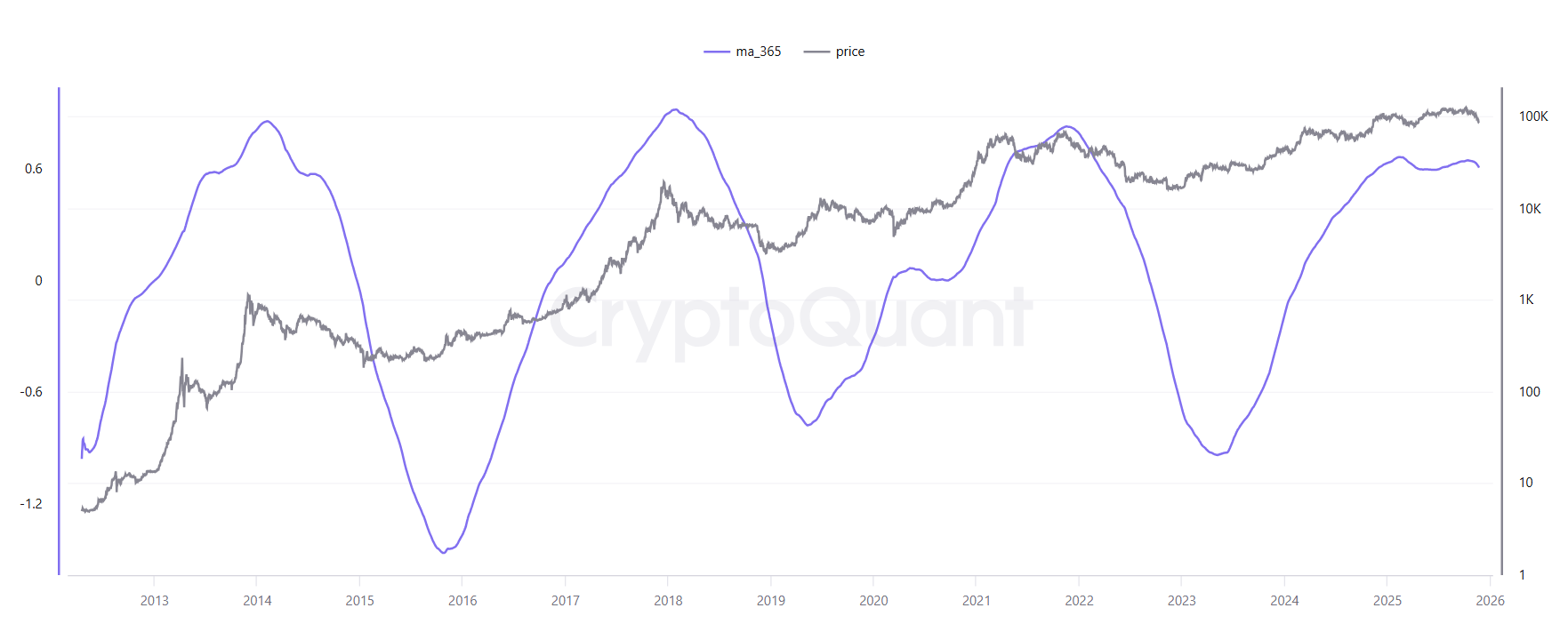News
Stay up to date on the latest crypto trends with our expert, in-depth coverage.
- Balancer DAO proposes $8M recovery plan to reimburse victims of a $116M exploit via proportional BPT-based returns to affected liquidity pools. - Attack exploited a rounding function vulnerability in Stable Pools, bypassing 11 smart contract audits and draining funds through manipulated swaps. - Non-socialized distribution prioritizes precision over community-wide sharing, sparking debates about fairness and governance in DeFi recovery. - Industry experts highlight the incident as a "wake-up call," urgin

- Bhutan stakes 320 ETH ($970,820) via Figment.io, adding 10 Ethereum validators to boost blockchain participation and economic resilience. - The government migrates its National Digital Identity system to Ethereum by 2026, leveraging its security for 800,000 citizens' self-sovereign identity. - Crypto reserves (6,154 BTC, 336 ETH) support the Gelephu Mindfulness City project, aiming to integrate blockchain with sustainable urban development. - Challenges include digital asset volatility and regulatory gap

- New York State's FAST NY and POWER UP programs are driving industrial real estate growth in Upstate through infrastructure grants and power-ready site upgrades. - $283M+ in grants since 2022 has transformed underutilized sites into competitive assets for semiconductors and clean-tech industries. - Corporate campus redevelopments like STAMP Park demonstrate 10%+ property value increases through public-private infrastructure partnerships. - Strategic investments align with semiconductor "superhighway" goal



- DoorDash (DASH) shares fell 1.2% in 24 hours but rose 7.09% weekly, reflecting mixed short-term volatility amid long-term growth confidence. - Upcoming Q4 earnings and a strategic partnership with Serve Robotics—scaling autonomous delivery robots—highlight DoorDash's expansion into logistics automation. - Serve Robotics' 209% YoY revenue growth and 1,000-unit robot fleet underscore DoorDash's potential to reduce costs and enhance delivery efficiency through AI-driven solutions. - A 61.07% annual DASH gai

- Polygon's 2024 rebrand from MATIC to POL has sparked debate as co-founder Sandeep Nailwal questions reverting to the original ticker. - Retail users in markets like the Philippines and Dubai report confusion over the new branding, while POL's price has fallen 89% from its March 2024 peak. - Community polls show divided opinions—some support POL for expanded utility, others prefer MATIC's legacy, with alternative tickers like PGON also proposed. - Polygon leadership has not yet outlined a formal decision-

- Kalshi, a CFTC-regulated prediction market, raised $1B in funding, boosting its valuation to $11B as it challenges crypto-native rival Polymarket. - Kalshi offers regulated fiat-based contracts on inflation and politics, while Polymarket uses blockchain for crypto-driven bets, attracting $2B+ weekly trading volume. - Galaxy Digital and Clearing Co. are entering the sector, signaling institutional interest in integrating prediction markets with traditional and crypto finance. - Regulatory hurdles persist:
- 06:10"ZEC's Largest Short Position on Hyperliquid" ZEC and MON shorts are about to be closed; MON short positions increased again todayBlockBeats News, November 28, according to Coinbob Hot Address Monitor, in the past 5 hours, the "largest ZEC short position on Hyperliquid" has continued to increase its MON short position by approximately $1.2 million, with the average price rising to $0.0369. The floating loss has narrowed from $1.3 million yesterday to $30,000, and the current position size is about $6.57 million, making it the largest MON short position on Hyperliquid. In addition, the current floating loss of the ZEC short position at this address has further narrowed from $6.14 million yesterday to $2.9 million (50%), with a position size of $30 million and an average price of $419. Previously, on the 17th, the maximum floating loss reached $21 million.
- 06:00Ansem: Crypto value accumulation will mainly flow to stablecoins and traditional financial companies using their own blockchains.Jinse Finance reported that crypto KOL Ansem tweeted that cryptocurrency trading is basically over. Value accumulation will mainly flow to stablecoins and traditional financial companies using their own blockchains (Stripe, a certain exchange, Robinhood), rather than 95% of junk projects. Opportunities are mainly concentrated in BTC, privacy coins, hype / decentralized exchange sectors. Perhaps after 2027, there will also be opportunities for cooperation between artificial intelligence / robotics technology and the blockchain field.
- 05:42Polygon executive: Stablecoins will enter the "era of 100,000 issuers," and banks will be forced to restructure their capital modelsChainCatcher reports that Aishwary Gupta, Global Head of Payments and RWA at Polygon, believes that global stablecoins are entering a "super cycle," and the number of stablecoin issuers may exceed 100,000 within the next five years. Gupta pointed out that Japan is participating in government bond and policy stimulus pilots through stablecoins such as JPYC, demonstrating that stablecoins can serve as tools for national economic sovereignty rather than weakening central bank authority. He stated that stablecoins, like fiat currencies, are subject to monetary policy and will essentially enhance global demand for a country's currency, just as stablecoins have driven the usage of the US dollar. Gupta also warned that stablecoin yields are attracting low-interest deposits (CASA) from the banking system onto the blockchain, weakening banks' ability to create credit and maintain low-cost capital. To cope with the competition, he expects banks to issue "deposit tokens" on a large scale, allowing them to retain funds on their balance sheets while enabling customers to use assets on-chain. He believes that as the number of stablecoins rapidly expands, future payment systems will rely on a unified settlement layer, allowing users to pay with any token and merchants to receive payments in another token, with underlying conversions completed seamlessly in the background.